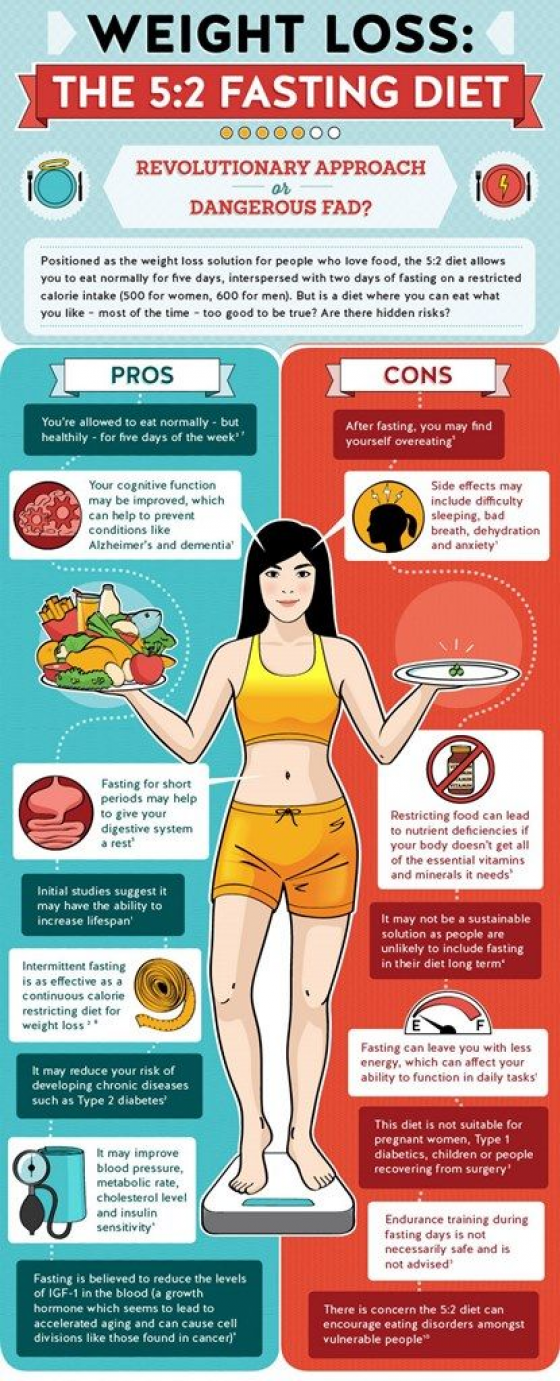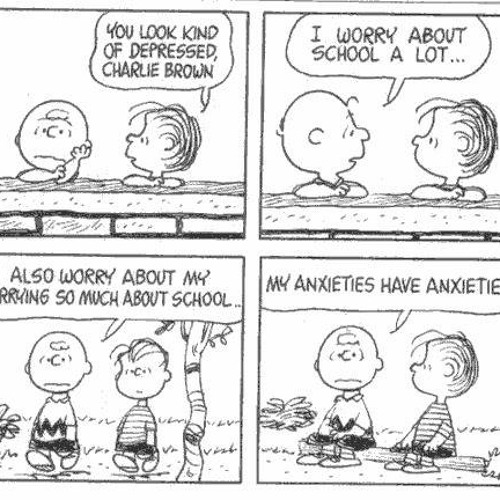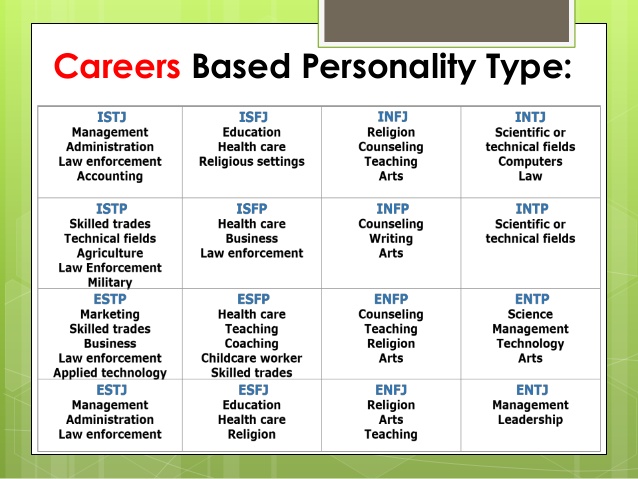Learning when to say no
How to say no to others (and why you shouldn’t feel guilty)
Jump to section
Why is it so hard to say no?
When you should say no
Why it’s important to say no
10 different ways to say no
Helpful tips on how to say no
How to decide when to say no
N.O. No. Two simple letters. One simple word.
But why is it sometimes so difficult to say no?
For many people, saying no is packed with guilt. Maybe you’re afraid of disappointing someone. Maybe you’re anxious to turn down your boss. Or maybe you’re a people pleaser.
No matter the reasons, learning how to say no is an important skill for your personal health and well-being. Our time and energy are precious resources that we should use wisely. And that means we can’t do everything.
Let’s explore how to say no in different situations and why declining certain requests is sometimes better than saying yes.
Why is it so hard to say no?
For some adults, the inability to say no stems from childhood. From an early age, children are taught to be polite and forthcoming. If a parent or teacher asked a child to do something, saying no was interpreted as a form of backtalk. In some cases, refusing an adult meant punishment or negative reinforcement.
However, this can cause issues around communication and self-assertion. Being raised to believe that saying no is bad makes it difficult for children to communicate their preferences. For some people, this inability to speak up for themselves continues into adulthood.
Another reason you may find it difficult to say no is if you doubt yourself. With imposter syndrome, you feel like you are not good enough to do the role that you are in.
Because of these feelings, you avoid saying no to others. You are afraid they will think you are unable to perform your roles and responsibilities. It can also make it hard to say no to yourself. You constantly feel that you have to say yes to prove to yourself that you can actually do your job.
There is also empathy and human nature to consider. We are social creatures that rely on human connection. Because of our need to belong, we are afraid to disappoint others or create conflict.
In a Cornell study, people were asked to carry out tasks that went against their ethics. Although they voiced their objections, half the subjects agreed to deface a library book. This was because saying no felt too difficult.
This kind of behavior shows our inherent desire to avoid conflict and keep the peace. But is it possible that our need to be liked can do us more harm than good?
Let’s find out.
When you should say no
If you struggle to say no, learning to identify signs of personal discomfort can help you know when to draw the line.
These five signs indicate you need to say no for your own good.
1. If you feel uncomfortable
Nobody knows your limits better than you do. If you are asked to do something that makes you feel uncomfortable, it could be a sign that you need to say no. Take a moment to do some mindful breathing and listen to your intuition.
Take a moment to do some mindful breathing and listen to your intuition.
2. You feel guilty or obligated
In a work situation, it can be particularly difficult to say no. Your job may require you to oblige when superiors delegate tasks to you. But that doesn’t mean your time and energy are less valuable than theirs.
Use your self-advocacy skills to step up and say no. Your decision should not be based on guilt or obligation.
3. When you’re overloaded
If you are overloaded with work, say no to more tasks or projects. Wait until you’ve freed up some time and energy before you take on anything new.
If you are always working long hours, say no to working on the weekend. COVID-19 has drastically increased the number of employees working from home. Research shows that remote employees work longer hours and face a bigger workload than before the pandemic hit.
You may also feel especially overloaded around the holidays, as obligations from both family and work pile up. You likely need to wait until after the holiday season to take on anything new.
You likely need to wait until after the holiday season to take on anything new.
Keep in mind that saying no to yourself is just as important as saying no to others. Putting pressure on yourself only adds to your stress and anxiety. Make sure to prioritize your mental health and physical health to avoid burnout.
4. If the request crosses your personal boundaries
When someone asks you to do something that crosses your boundaries, it is important to stop the process in its tracks and say no. Your boundaries are worth standing up for.
5. If you are only saying yes to please someone else
While pleasing others is a natural incentive for performing tasks, it shouldn’t be the only reason you work hard. If pleasing someone else comes at the cost of your own happiness and well-being, it isn’t worth it.
Why it’s important to say no
Let’s go through a couple of reasons why it’s so important to say no.
- Do less to deliver more. Focus on one thing at a time, and do it well.
 You can produce much higher quality work when your energy is directed into projects you enjoy.
You can produce much higher quality work when your energy is directed into projects you enjoy. - Saying no can benefit your performance and career. Being assertive pays off. It gives you the freedom to pursue projects that are in alignment with your professional goals. And it keeps you on track with your future career plans.
- It’s important for your mental well-being. Our mental fitness suffers when we bite off more than we can chew. To maintain mental clarity, you need to say no to tasks you know you can’t handle.
- Prevent burnout. Burnout is becoming an increasingly big problem for modern-day employees. Working too hard for too long can cause a backlog of fatigue. This jeopardizes both mental and physical health.
- Build and maintain strong and healthy relationships. Clear boundaries and mutual respect are both indicators of a healthy relationship.
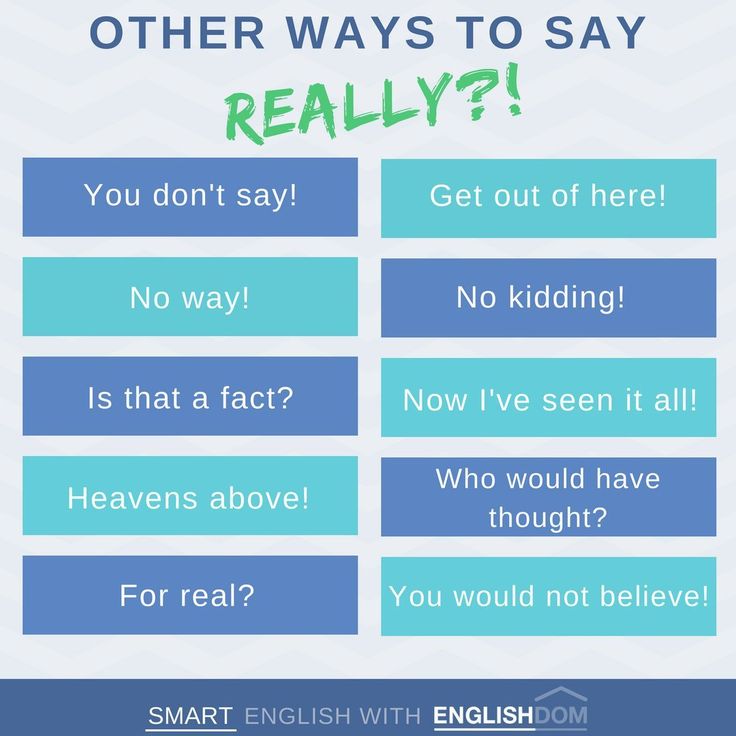 You can keep the relationships in your life strong by setting boundaries and respecting others.
You can keep the relationships in your life strong by setting boundaries and respecting others. - Always saying yes can prevent you from achieving your personal goals. Even the most successful people know where their limitations lie. You can’t achieve your goals with minimal energy. Keep your dreams intact by taking care of your body and mind.
- Be realistic about your capabilities. Sometimes, willingness is not the issue. You may not have the right skills and abilities for what is being asked of you at work. This alone is a valid reason to decline a request.
- It’s an important part of self-care. Taking time to yourself allows for higher energy levels, more focus, and an improved state of mental health. Saying no to extra work when you know you need a break is a courageous act of self-care.
When it comes down to it, the reason saying no is so important is because it protects our best interests.
Whether it’s your physical health, mental health, or psychological health, saying no preserves your inner strength. It paves the way for holistic wellness.
10 different ways to say no
In theory, most of us can grasp the concept of why saying no is so important. However, actually forming the words in real life can be scary and overwhelming.
In moments like these, it can help to have some statements prepared that you can turn to for guidance. These 10 phrases can be used as substitutes for the simple “no” next time you find yourself backed into a corner.
- Sadly, I have something else going on.
- I have another commitment.
- I wish I were able to.
- I’m afraid I can’t.
- I don't have the bandwidth for that right now.
- I’m honored you asked me, but I simply can’t.
- Thanks for thinking of me. However, I’m not able to.
- I’m sorry, I’m not able to fit this in.
- Unfortunately, I already have plans.
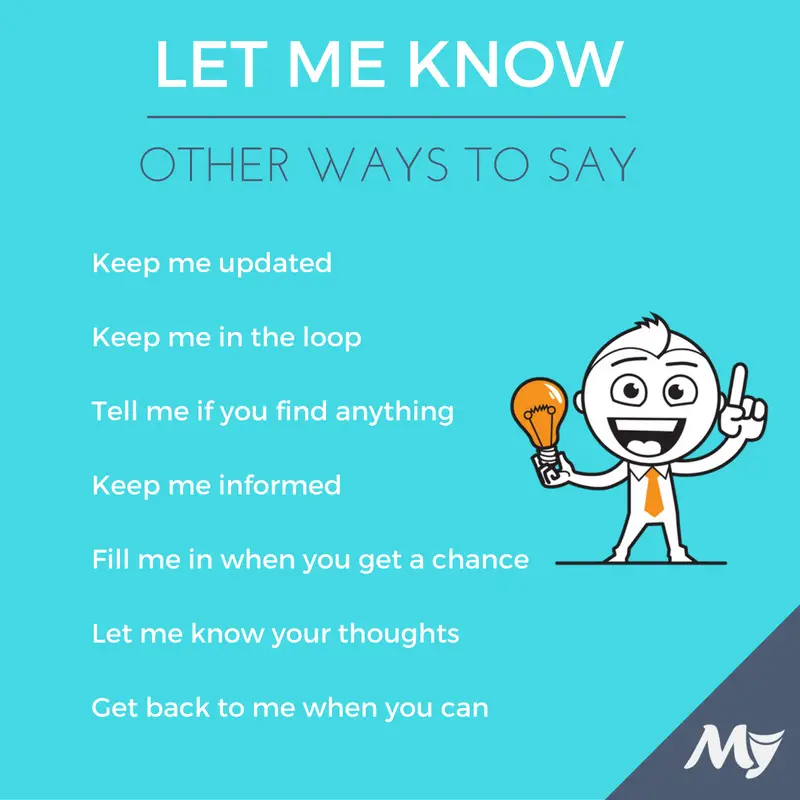 Maybe next time!
Maybe next time! - No, thank you, but it sounds lovely.
You do not necessarily owe someone an explanation about why you are saying no. In fact, sometimes, simply saying no and not going into further detail can help you to come across as calmer and more decisive.
Helpful tips on how to say no
Many of us could use a helping hand when it comes to being more assertive. Learning how to say no can be a lifelong journey, but everyone has to start somewhere.
- Practice saying no. Knowing when to say no takes time and practice. The more often you say no, the easier it will become. Practice assertiveness in all areas of your life until the habit is built into your lifestyle.
- Communicate your decision clearly. The clearer you are about saying no to someone, the better they will respond. If you are notably unsure about your decision to decline, it could be harder for others to respect your decision. Aim for clarity and simplicity.
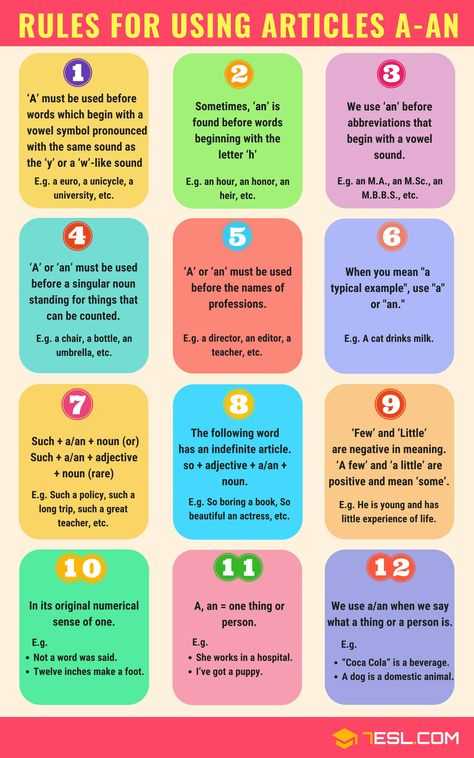
- Express gratitude for being asked. If someone asks you to do something and you respond with a no, a little bit of gratitude might help soften the delivery. Expressing thanks for being offered a new task will show others you care about their position, too.
- Take your time to make an informed decision. If you’re uncertain about whether you want to accept a new task, that’s okay. Take your time to consider the pros and cons, and then you can re-enter the conversation with a clear head.
- Be assertive but respectful. Not everyone who asks you to do something is trying to take advantage of you. They may just be desperate for assistance. If you can’t accept their offer, be respectful in how you communicate with them.
- Don't beat around the bush. Providing long-winded explanations about why you can’t do something rarely makes things easier.
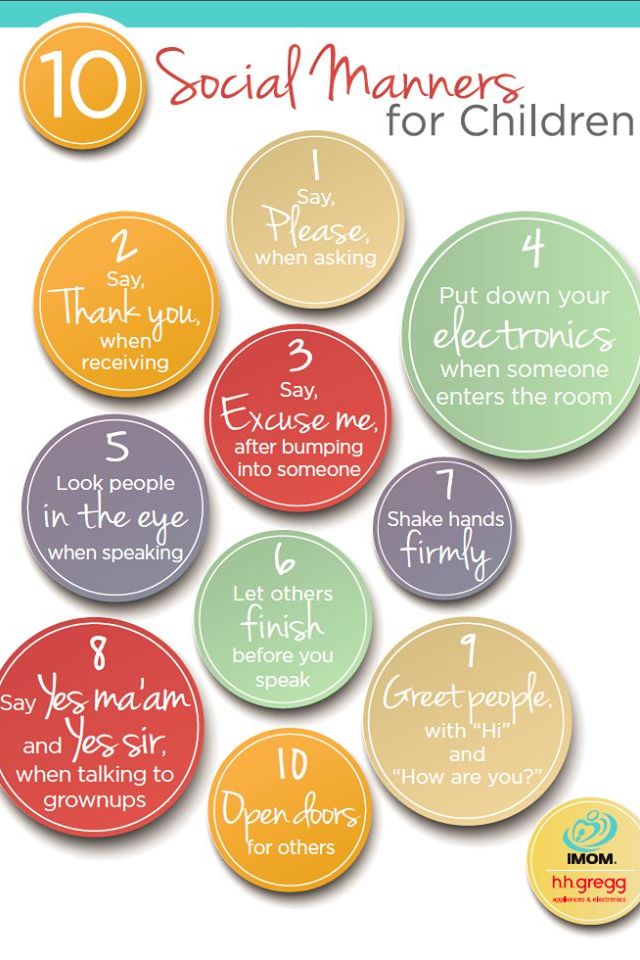 Instead, opt for a short, simple, and straightforward approach to saying no.
Instead, opt for a short, simple, and straightforward approach to saying no. - Understand the power of influencing tactics. Influencing tactics are strategies used to engineer a specific outcome. By gaining a better understanding of how influence works (particularly in the workplace), you can become a stronger and more assertive employee.
- Seek advice from others. Almost everyone can relate to the dilemma of people-pleasing. Ask your friends and family members if they have any tips. For professional advice, seek help from a mental health professional. They can give you expert guidance on how to say no the next time you feel put on the spot.
How to decide when to say no
Struggling to know if you should say no? It can help to have a mental list of questions to ask yourself when the right choice isn’t yet clear. There’s nothing wrong with taking some time to make the right decision.
The next time someone asks you to do something, and you’re not sure how to respond, use these questions as a template for gaining insight.
- Do I have the time and energy to do this?
- Will saying yes add value to my life?
- What makes saying “no” important to me?
- Is someone trying to bully or gaslight me?
- Am I doing this just to please someone else?
- Am I being used?
- Does saying no to this mean I can say yes to something else more important?
- Am I saying yes just because I am afraid of missing out?
- Does something more important require my attention right now?
- Do I need time to rest and recharge?
- What would need to change about this opportunity to make it a “yes”?
Learn how to say no so that you can say yes to well-being
We all need a little support sometimes. Especially when it comes to managing communication with others. But to be the healthiest, happiest version of yourself, you need to lay down boundaries.
Especially when it comes to managing communication with others. But to be the healthiest, happiest version of yourself, you need to lay down boundaries.
Whether you’re at home or at work, knowing how to say no is a skill you can benefit from for the rest of your life. Prioritizing your needs is one of the most loving things you can do for yourself.
If you need help learning how to say no, reach out to BetterUp. We help individuals realize their potential by building their skills, mindsets, and behaviors. Request a demo to learn more.
The Guilt-Free Guide to Saying No
Many of us hesitate to say no to others. With mindful tips like these, saying no is an emotionally intelligent skill anyone can master — really!
It’s just two letters, and yet saying no can feel really hard — even complicated. For many of us, saying no doesn’t just feel awkward. It feels wrong.
So, whenever anyone asks you to do almost anything, you might blurt out, “Yes! Sure! Of course! Happy to!”
But in reality, you may feel the opposite. Maybe you’d rather be doing about a thousand other things. Or maybe you’re OK with saying yes, but it’s not the best thing for your daily bandwidth or mental health.
Maybe you’d rather be doing about a thousand other things. Or maybe you’re OK with saying yes, but it’s not the best thing for your daily bandwidth or mental health.
Here’s the good news: Saying no is a skill you can sharpen. The more you say no, the more natural it’ll feel.
Here are several ways to build the skill of saying no in different situations — even if it feels like you’re doing it from the ground up.
For starters, it’s important to realize that if saying no is challenging for you, you’re not alone.
As social psychologist Dr. Vanessa K. Bohns writes in a 2016 research review examining people’s influence over others, “Many people agree to things — even things they would prefer not to do — simply to avoid the considerable discomfort of saying ‘no.’”
For example, a series of small studies, published in 2014, found that when asked, many people would acquiesce and commit unethical acts, such as telling a white lie or vandalizing a book — even when they felt these acts were perceived as wrong.
As social creatures who want to be part of the herd, we also want to preserve our relationships. So, we might blurt out yes because we don’t want to be seen as difficult, says Dr. Emily Anhalt, a clinical psychologist and co-founder of Coa, an online mental fitness club.
Or, we don’t want to disappoint a good friend or hurt someone’s feelings, notes Dr. Nicole Washington, a board-certified psychiatrist and the chief medical officer of Elocin Psychiatric Services.
Another reason yes pours out of us? Our past.
According to Anhalt, while growing up, you might’ve not learned to advocate for yourself.
“It’s also possible that you say yes because you deeply want to help. But you forget that your ability to accommodate others isn’t an endless well,” Anhalt says.
In other cases — like a work situation — we might worry that saying no says something about our ability to accomplish a certain task, adds Washington. Put another way, we think declining makes us look incompetent.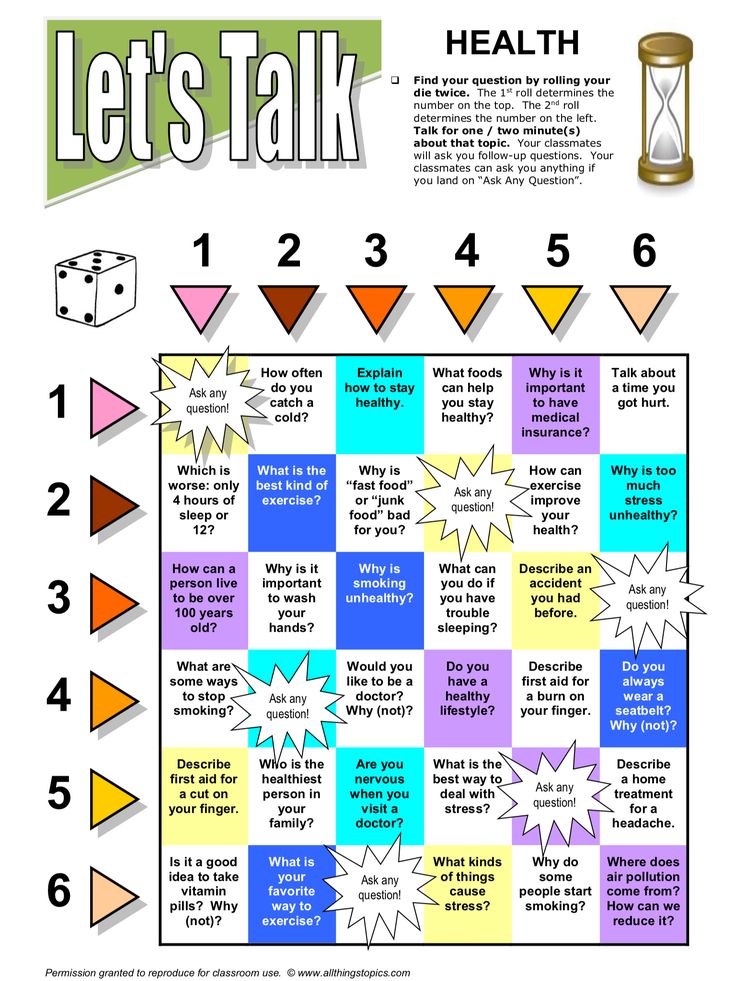
When you struggle with saying no in personal or professional situations, it helps to remember the self-preservation in passing things up.
“Saying no is one of the best forms of self-care we can engage in,” Washington says. She notes that saying no supports us in:
- creating space in our schedules to rest and recharge
- engaging in activities that actually align with our current goals
- setting boundaries with loved ones and colleagues
Ultimately, saying no gives us greater navigation over our lives, says Anhalt. This grants us the opportunity to build a fulfilling, meaningful life on our own terms.
After all, we can only have power over ourselves — so, let’s exercise that power.
Sometimes, we say yes because we don’t know what we want. Other times, we simply need to gather ourselves enough to speak up.
Either way, here’s your permission slip to start thinking about when it’s best for you to decline. To kick-start the discovery process, ask yourself these questions anytime you’re not positive about how to proceed:
- Will saying yes prevent me from focusing on something that’s more important?
- Does this potential project, opportunity, or activity align with my values, beliefs, and goals?
- What are my core values, beliefs, and current goals?
- Will saying yes make me even more tired or burnt out?
- Will saying yes be good for my mental health? Or will it worsen my symptoms?
- In the past, when have I said yes and then ended up regretting it?
- When am I more likely to accept a request I’d rather decline? How can I reduce these challenges?
Besides exploring the above questions, it can help to work with a therapist, if that’s available to you. According to Anhalt, “A therapist can help you identify both what you need and what blocks you from advocating for what you need.”
According to Anhalt, “A therapist can help you identify both what you need and what blocks you from advocating for what you need.”
Here’s what to do if you can’t afford therapy.
Here’s the other great thing about saying no: You can decline a request while still being kind, appreciative, and respectful. Below, you’ll find a simple, no-fuss framework for saying no, along with real-life examples.
Be crystal clear
A wishy-washy answer can make the conversation awkward and confuse the person making the request. They might think, “Do they want me to make other suggestions or accommodations?” or “Are they interested in the promotion but prefer to negotiate?”
Or, a flimsy no opens the door to difficult people bombarding you with their demands.
In short, “Be clear with your no, so that nobody is left wondering what you are trying to say,” encourages Washington.
Clear, kind ways to decline
- “Unfortunately, I’ll need to pass on this.
 ”
” - “I’m sorry, my friend, but I’m not able to.”
- “Sadly, I can’t.”
- “Thanks, but that’s not going to work for me.”
- “No, I’m not able to do that.”
Phrases to avoid
- “Umm, I don’t know.”
- “I’m not sure.”
- “It’s tough to say.”
- “Well, maybe I could do it. But…”
Extend genuine gratitude for the ask
You might have a hard time saying no because the request or person making the request means a lot to you. You’re sincerely grateful for being asked. So, naturally, you feel bad for saying no.
By all means, shower the other person with your appreciation, but still stand firm.
Expressing your gratitude
- “Thank you for thinking of me!”
- “I’m honored!”
- “I greatly appreciate you asking.”
- “You coming to me really means a lot.”
- “I’m immensely grateful.”
- “Rain check? Please don’t stop inviting me! I might be able to connect another time.
 ”
”
Give a brief explanation — if you want to
“No” can be a complete sentence. Let that sink in.
But if you’d like to offer an explanation, keep it short and sweet, recommends Washington.
Everyday scenarios
- “Thanks so much for the party invite! I won’t be able to make it because I’m taking the weekend to regroup after this hectic week. It looks like it’ll be a great event. Have an amazing time!”
- “I greatly appreciate this opportunity! Unfortunately, I’m booked all month long. Thanks, again, for asking.”
Offer an alternative
Sometimes, you’d like to say yes but the timing is off. Or there’s some other reason you can’t accept. But you’d like to in the future.
If that’s the case, Washington suggests offering an alternative that you’re comfortable with (and one that honors your needs).
Everyday scenarios
- “I really appreciate you asking me to be on your podcast.
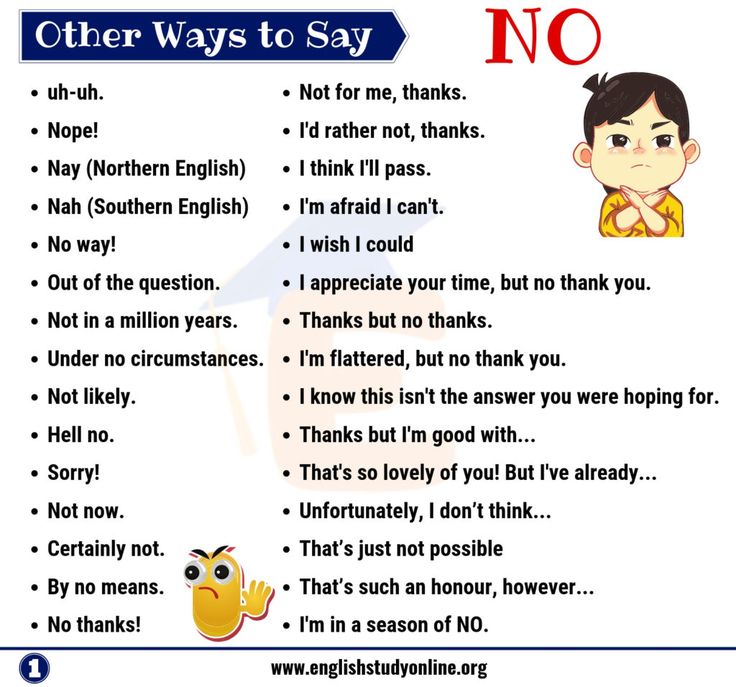 I’m going to have to pass because I’m not doing any interviews while I write my book. However, please reach out to me in September.”
I’m going to have to pass because I’m not doing any interviews while I write my book. However, please reach out to me in September.”
- “I’m honored you’d want me to be part of your project. Unfortunately, my schedule is currently full. If we can push back the due date a few weeks, I’d be happy to participate.”
- “Unfortunately, I won’t be able to bake my famous lasagna. But I’m happy to grab takeout!”
- “I’m really sorry you’re having such a hard time. I can’t stay over all weekend, but I’m free at the moment. How can I support you now?”
Offer another resource
“If you have the time, desire, and [connections], offer another person or resource that they might look into,” Anhalt says.
Sharing other recommendations means you’re still being helpful — which, for many people, is a core value.
Everyday scenarios
- “Thank you so much for the invitation to speak at your event, it looks awesome! I’m not in a position to take on pro bono speaking engagements right now, so I’ll need to decline.
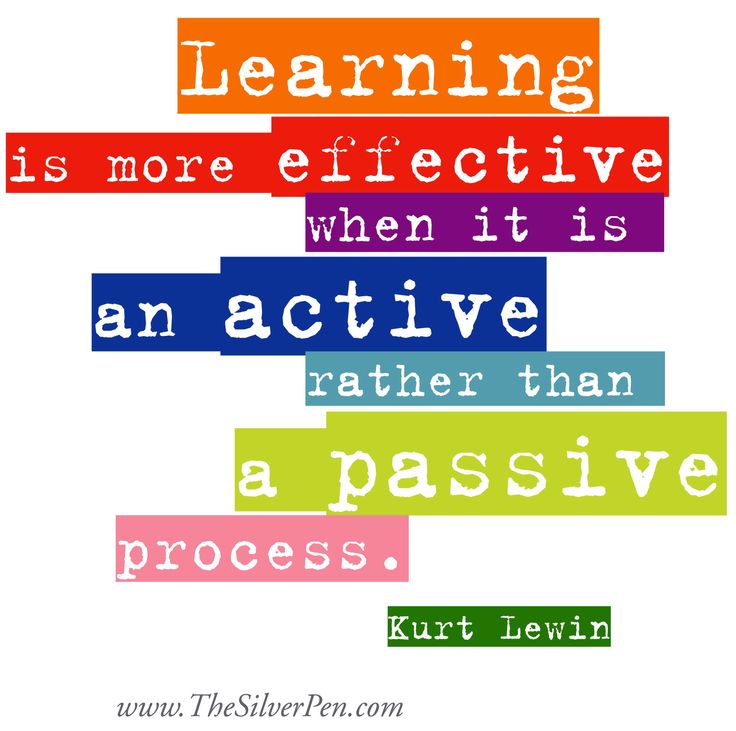 Here are a few colleagues who might be interested.”
Here are a few colleagues who might be interested.” - “Hey, thanks for trusting me to help you move! Unfortunately, my knee is acting up again, but I personally know some college kids who’ve been asking for small jobs. I can put you in touch and contribute to the fund!”
In some cases, you’re just not sure what you’d like to do. Maybe it’s an amazing opportunity and you want to try to rework your schedule. Perhaps you’d like to help out a friend, but it’s a big ask.
Before you say no, figure out what you actually want. As Washington remarks, is it a true-blue, full-blown no? Or is it a not now?
For example, you don’t have the bandwidth for a fun work project right now, but you think you will next month.
Either way, you need time to think it through. So, take it.
Washington suggests considering the negative and positive consequences of accepting or declining a request.
As she notes, “taking a breath and a few minutes can allow you to be more thoughtful in your no and possibly prevent you from a knee-jerk yes”— or even a hasty no.
Saying no is hard for many people. So, we blurt out yes to requests we’d rather decline — and frequently end up regretting it.
“We often believe that we are protecting other people by saying yes when we want to say no,” Anhalt says. But being transparent about our feelings, needs, and limits leads to healthier, more authentic relationships, she says.
And saying no and honoring your feelings, needs, and limits also leads to a healthier you.
Thankfully, saying no is a skill anyone can build. The key is to keep practicing.
How to learn to say "no": step-by-step instructions
Psychology
"Take the load on your own, so as not to fall when walking," says folk wisdom. In everyday terms: you are unlikely to be productive if you take on too many obligations. At least the result will not be good and probably not on time. But you are used to lending your shoulder without refusal and are tired, hoping that your bosses will appreciate your zeal, rewarding you with a salary increase and career take-off, and everyone else will be sincerely grateful or at least admired.
In fact, the authorities have no time to notice your work, especially if you pick up everything that falls on you without further ado - the work is done, and well. Colleagues are usually skeptical of other people's workaholism or are happy to unload themselves by transferring part of the tasks to you. Speaking of life away from the office, helping friends and family is a sacred thing, but they can simply not imagine your workload and demand more and more each time, believing that it really will not be difficult for you. This is how you answer them, adding the usual: “Yes, of course!”.
In the meantime, tasks and requests are pouring down on you like from a cornucopia — by phone, mail, instant messenger or in person. And, probably, you already understood: in order to slow down the pace of growing stress, it's time to learn to say “no”, although thoughts are obsessively spinning in your head: “What if this ruins the relationship?”, “What if it disappoints the boss?”. NO. Nothing like that will happen. If you feel that you are stuck in excessive obligations, urgently master the art of refusal.
Nothing like that will happen. If you feel that you are stuck in excessive obligations, urgently master the art of refusal.
Below is a compilation of basic steps in the art of saying no: seven rules and three tactics for advanced cases.
1. Value your time
Clearly define your workload and professionalism - it will be easier to understand how much your time is really worth, at work and beyond. When someone wants to challenge you with a new task, mentally try it on in your daily schedule and if it takes more than two minutes to think about it, refuse. You are already loaded to the eyeballs - so explain the situation.
2. Prioritize
Even if you happen to have free time - on rare weekends or on weekday evenings - this is not a reason to give it to everyone who does not want to cope without help. Are you really ready to exchange a long-awaited vacation with your loved one or family for what you are asked for?
3. Practice
Saying “no” as often as you can is a great way to get better at rejection.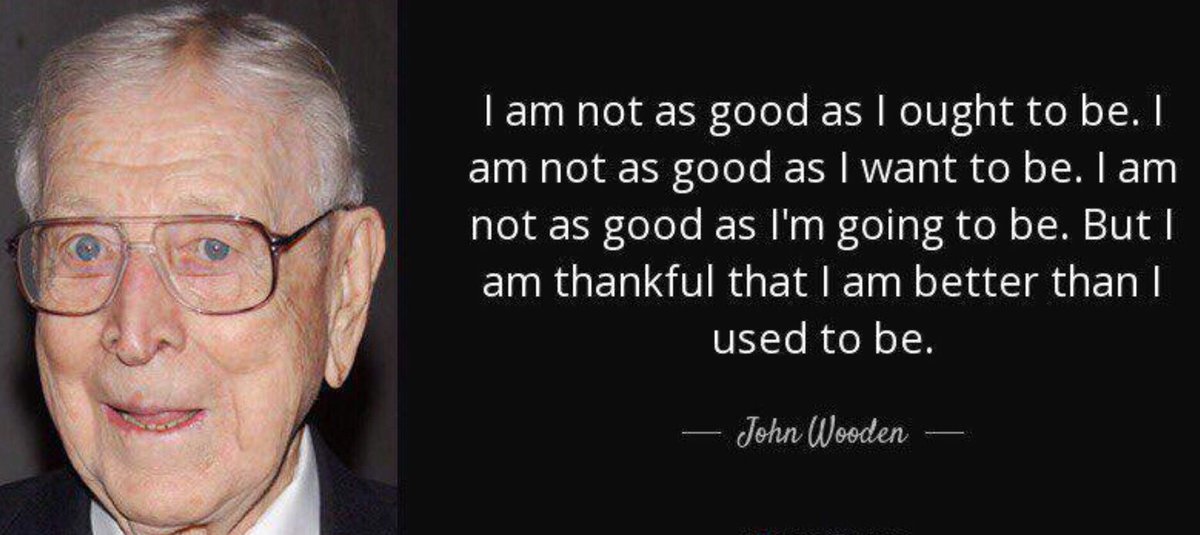 Sometimes repeating this magic word is the only way to ward off extremely persistent people. Stand your ground, in the end they will understand that you are not joking.
Sometimes repeating this magic word is the only way to ward off extremely persistent people. Stand your ground, in the end they will understand that you are not joking.
4. Don't apologize
A common mistake is to start a rejection with "I'm sorry, but..." because you hope it sounds polite. Perhaps it’s just that it’s not worth the trouble to crush this apologetic tone - you won’t even notice how you are quickly persuaded to agree. You must be firm and categorical, protecting your time, there is nothing to apologize for.
5. Stop being nice
It is dangerous to be polite, and being nice to everyone is fraught with a decrease in self-esteem - up to the complete nullification of personal interests. The easier it is for people to grab your time ("Oh, she's so sweet, she's always helpful!"), the more willingly they'll be doing it. But if they realize that you've set up a hard barrier against leaks of excessive kindness, they'll switch to easier targets.
6.
 Say "no" to the boss
Say "no" to the boss It's not true, it doesn't mean that you are completely unrestrained, defending your micro-freedom. First, it was not in the contract. Secondly, by giving you too much responsibility, management risks the quality of your work. If they want to add tasks to you, let them determine when you will solve those that have already been. At the same time and for the same salary - no, thank you.
7. Take care of the backlash
Sometimes it is easier to prevent an impending task than to refuse it. If you know you are going to be approached with a request, it makes sense to take the initiative and announce (at a summer meeting or at lunch): "Guys, just so you know - this week I'm fully staffed, I can't find an hour" .
TACTICS TO HELP
Simple language to help soften rejection - for those who find it difficult to give a firm "no".
“I'll be back with an answer”
Instead of slapping, the person who comes with the request can be told that you will think a little and give an answer - not necessarily positive.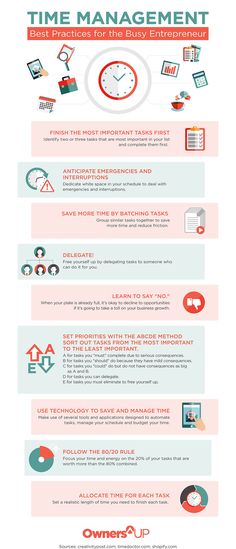
"Let's talk later"
Another "soft" option that works when you want to leave a question open - in the rare event that you change your mind.
“It's not for me”
Sounds like a Tinder photo rating, but it works for all occasions: you can sincerely praise an idea, a project, a person, and say that it just isn't right for you, at least not right now.
Smirnova Natasha
Tags
- Psychology
- relationships
How to learn to say "no": 10 ways
The ability to say "no" is an important component in personal and healthy relationships in business. Jim Camp in Book Say No First. Secrets of professional negotiators ” recommends refusing if the interlocutor puts pressure on you, and you are afraid of losing him. According to the author, the word "no" allows you to discard false assumptions and avoid unnecessary compromises.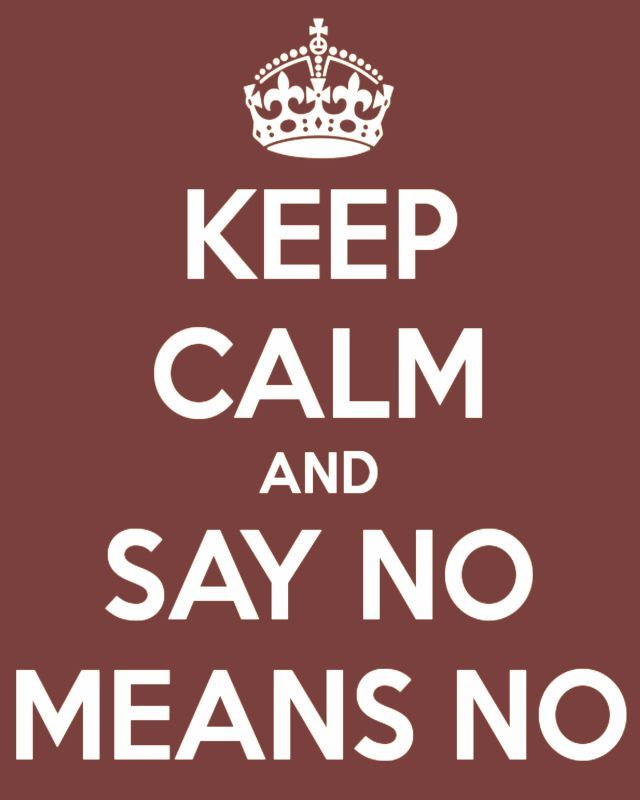
The editors of MC.today have put together ten tips for you to help you learn to say “no” clearly.
What psychologists and business coaches advise
Psychologist Dmitry Karpachev, who has almost 900,000 followers on Facebook alone, says: People who cannot say “no” tend to have low self-esteem.
According to American business coach and motivational speaker Tony Robbins, the inability to refuse is evidence that you put the goals of others above your own.
Harriet Breaker, in The Desire to Please: Healing People from Compliance Syndrome, writes that the desire to avoid conflict is a serious symptom of an unhealthy relationship. When negative emotions arise between people, this is normal. It is important to learn how to deal with them correctly.
Doctor of Philosophy, Psychologist and Ph.D. Ellen Hendricksen in How to Say No Without Feeling Guilty wrote that sometimes people do not refuse, because they themselves are afraid of being refused in the future .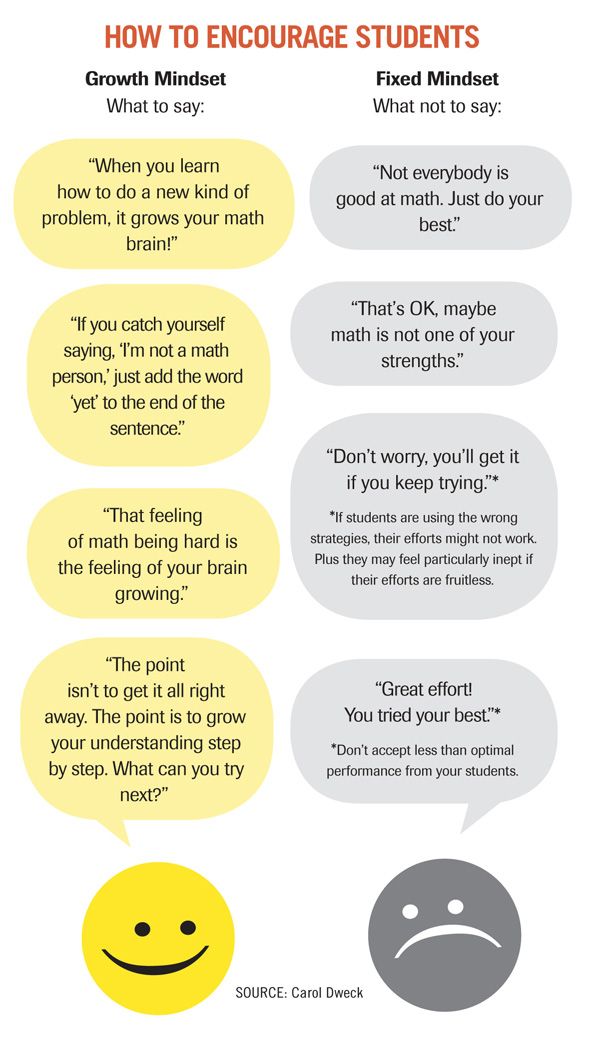
Ukrainian psychologist Natalya Kholodenko warns that the first time to refuse will be uncomfortable . But a clear “no” will weed out manipulators from your environment.
10 ways to learn to say "no"
Being responsive is a good thing, but not always rewarding. With every “yes”, others may begin to abuse your kindness and make requests with or without reason. And you, instead of saying "no", once again agree to help.
Dr. Chris Gilbert, M.D., who researches physical manifestations of stress, says that if you answer yes to a request, but your muscles are tense and your stomach feels uncomfortable, then you should have said no.
Fear of being bad, inability to build personal boundaries and guilt prevent you from doing what you really need. Taking into account the opinions of psychologists and business coaches, we have collected ten recommendations on how to learn to say “no” confidently.
1. Practice by doing
A British study has shown that it is easier for a person to refuse requests from others if they plan ahead and rehearse how to answer “no”.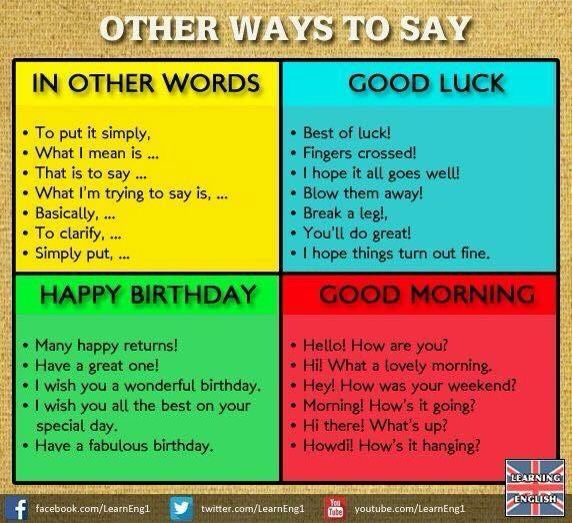
Add this word to your vocabulary and make it a rule to refuse someone's requests at least three times a day. Believe me, there are plenty of reasons.
Peter Bregman, director of Bregman Partners, which teaches successful people to be leaders, advises training on simple situations. For example, say "no" to a waiter when they offer dessert, or say no to a store assistant who is trying to sell you something you don't need.
Bregman also recommends saying the word "no" out loud ten times in a row from time to time. The idea may seem crazy, but the next time you are asked to do something you don't want to do, your refusal will sound more convincing.
2. Repeat "no" if your opponent is trying to convince
The American author Napoleon Hill wrote: if you constantly pronounce your goal, then it will be deposited in the subconscious.
To find out how repetitive actions affect the human brain, psychologist Benjamin Libet at 19In the 1980s, he conducted a simple experiment with a clock, on the dial of which a small light rotated. The scientists recorded participants' brain activity as they performed certain actions in front of the clock.
The scientists recorded participants' brain activity as they performed certain actions in front of the clock.
The experiment showed that time plays an important role in the formation of habits and affects our unconscious behavior.
By repeating "no" you will learn to refuse requests that are contrary to your interests. But be prepared that you will have to defend your decision. Especially if the person has never heard a rejection from you before. In this case, gently repeat your “no” many times, no matter how the opponent tries to put pressure on you.
3. Change beliefs
American therapists use Cognitive Behavioral Therapy (CBT) to teach people to say no and be more assertive.
Richard Ragnarson, MD and psychiatrist, believes that the principles of CBT help people stop doing unwanted things. To do this, the doctor suggests keeping a diary in which you need to regularly record your thoughts and emotions.
When you re-read the notes, you will be able to look at the lived situations from the other side.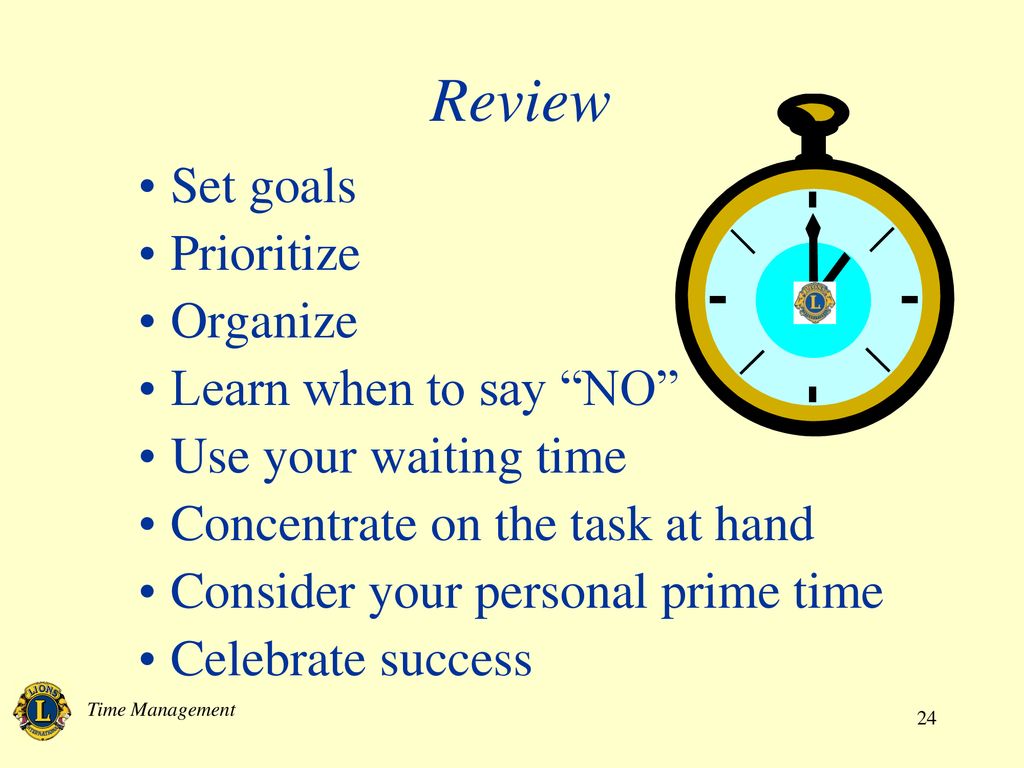 This will help you choose a new behavior in case you are asked about something again.
This will help you choose a new behavior in case you are asked about something again.
For this purpose, you can also write down some new beliefs that will help you say “no” more easily:
- I am an adult and I decide for myself what rules to follow, what and when to do.
- I don't have to be courteous and pander to others in order to be loved.
- I have to be happy in order for the people close to me to be happy.
Read them every day. This will help you quickly get rid of the desire to "be good (s)" and earn love. This often forces you to agree, even at a loss to yourself.
4. Pay Attention to No.
Patty Brightman talks about how to learn to say no tactfully in her book How to Say No Without Remorse.
The author advises to study how others say "no" and to draw lessons for yourself. For example, borrow the manner of speech and phrases from people who do it most correctly.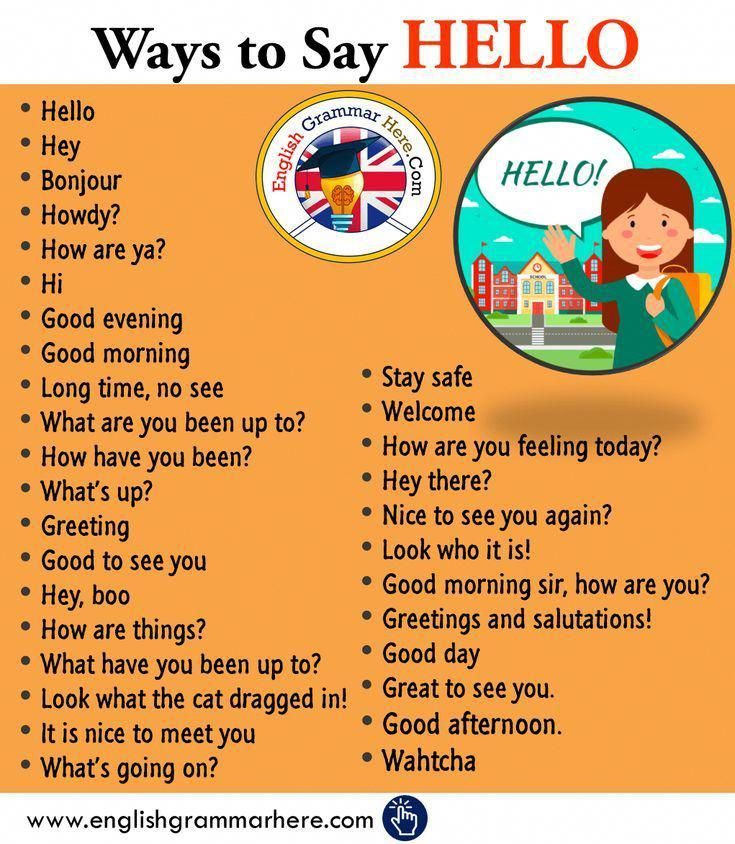 And remember: the way you speak stays in your memory longer than the specific words you said.
And remember: the way you speak stays in your memory longer than the specific words you said.
Look at how people perceive your rejection, and understand that "no" will not be a disaster for them and the world will not stop because of it.
5. Set Boundaries
Brightman Patty recommends setting boundaries in advance so that the other person can understand what you can and cannot agree to.
For example, you refuse to work on weekends because you have your own plans. Or you will not lend money to a friend, because tomorrow you are going to buy an expensive thing.
If you are aware of your own boundaries and priorities, it will be easier for you to make decisions quickly.
6. Don't rush to answer
To break the habit of automatically saying "yes" to another person's request, Harriet Breaker, an American psychologist, in her book The Desire to Please: Healing People from Compliance Syndrome, advises taking a pause before giving an answer.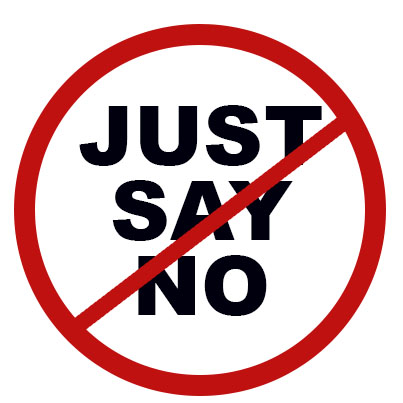
This will help you calm down, assess the situation, and only then give an answer.
Once you learn to take a break, you will feel in control of the situation. This will give you confidence next time.
7. Paraphrase the word “no”
We often say “yes” to uncomfortable requests so as not to feel guilty. Especially in front of relatives or colleagues.
Psychologists Chris Gilbert and Eric Hazeltine believe that the first step is to change your own point of view. Rejection without rudeness will eventually command more respect than a constant "yes".
If you feel embarrassed or think you might offend the person with a sharp rejection, you can rephrase it. For example, say "I prefer not to do this", "not now", "this is not for me" or "I really can't because...".
Explaining rationally why you are saying "no" will help the other person understand your decision and make it easier to accept.
8. Make a counteroffer
If you are asked to help with something but you don't have the ability or desire to fulfill the request with full dedication, psychologist Harriet Breaker suggests making a counteroffer.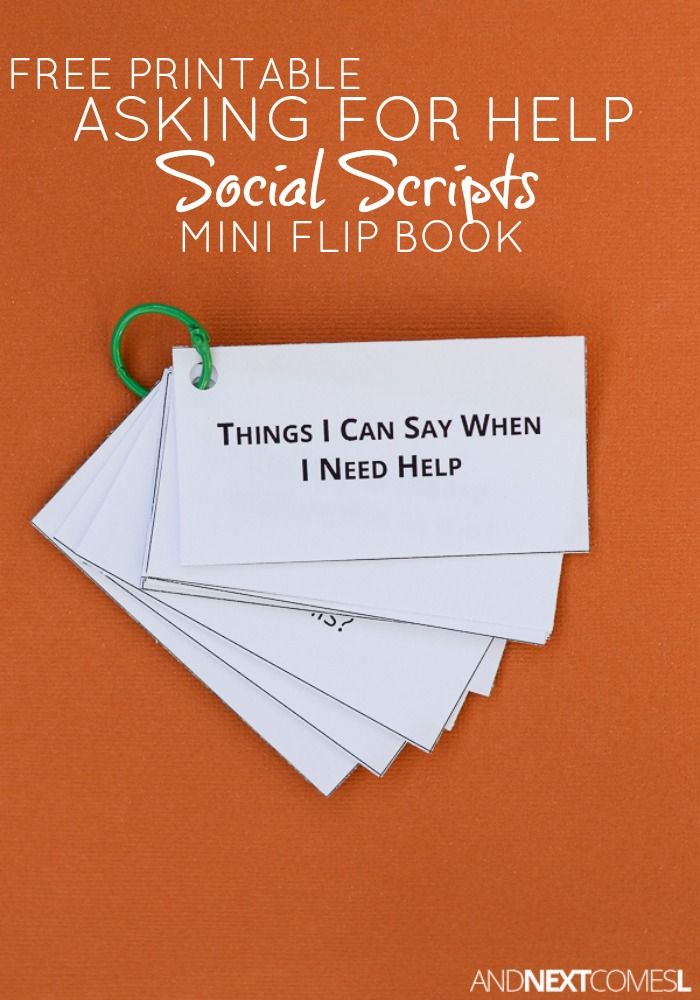
For example, a neighbor asks you to drive him to work. If for some reason you do not want to do this, refuse. But at the same time, tell him that you can help him call a taxi.
Or, if a friend asks you to volunteer all day at an event, tell them that you can only do it for a couple of hours. This will soften the rejection. But again, do it not out of guilt, but out of a sincere desire to help.
9. Mirror the behavior of the interlocutor
Brightman Patty recommends using this method if you explained the reason for the refusal, and the person continues to insist and explain why your consent is important to him.
In this case, repeat his argument, but add your own at the end. For example, "I understand that you really need to borrow money, but I do not lend such amounts." Or: "I want to help you, but I myself have a lot to do this week."
10. Engage empathy
This method is best for awkward situations. For example, you are asked to visit someone's grandmother in the hospital or donate to charity. If you do not want to do this, say that you understood the request of the person, condole or admire his kindness, but are not ready to help now.
For example, you are asked to visit someone's grandmother in the hospital or donate to charity. If you do not want to do this, say that you understood the request of the person, condole or admire his kindness, but are not ready to help now.
It is important not to enter into any negotiations. Psychologist Harriet Breaker advises to be as careful as possible - not to answer directly and not to enter into a discussion. If you start to argue, then the old habit of pleasing everyone can take over. To prevent this from happening, learn to repeat “no” to your opponent over and over again, without reacting to his new arguments.
Over time, you will learn to first listen to your feelings, and only then answer "yes" or "no" to the requests of friends, relatives or acquaintances.
Conclusions
Saying “no” can be really hard. But once you learn how to say no to uncomfortable requests, you'll have more free time. It can be spent on solving your own problems.


